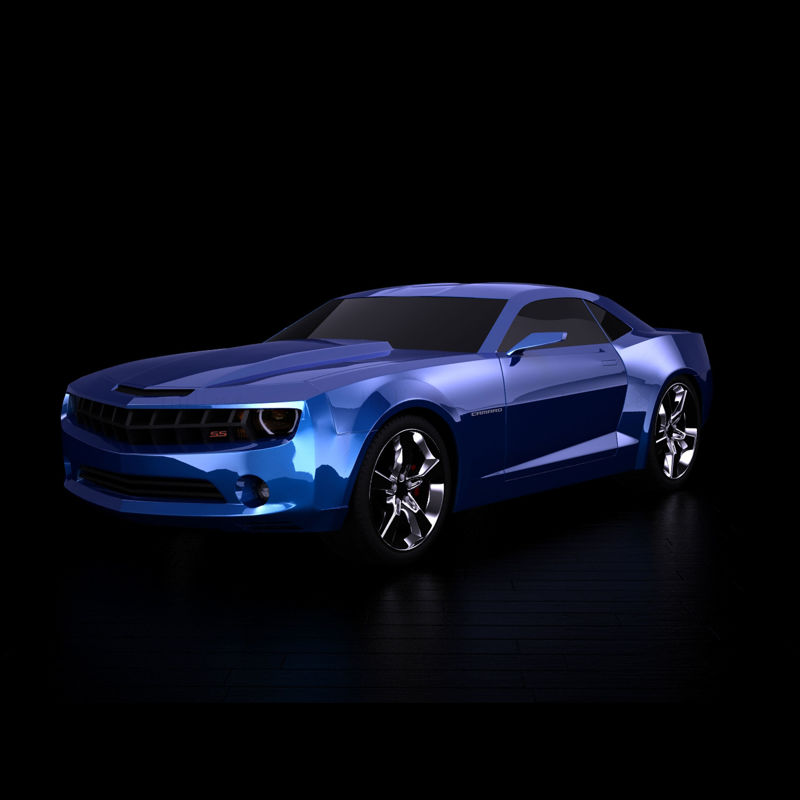In the passionate world of Third Generation Camaro enthusiasts, debates over the best model year are a rite of passage. Was it the raw, early 5.0L cars? The iconic IROC-Z of the mid-80s? For many, however, the answer is clear and definitive: the 1992 Z28. It stands not as a radical departure, but as the perfect culmination of a decade of refinement. It is the final, most evolved form of the platform, combining the best performance, styling, and technology the third generation had to offer before the door closed on the F-body’s first fuel-injected era.
The heart of any performance car is its engine, and the 1992 Z28 boasted the most powerful and refined small-block Chevrolet had ever put in a Camaro up to that point: the L98 5.7L Tuned-Port Injection (TPI) V8. While the L98 was introduced earlier, by 1992 it was a mature and well-sorted powerplant. Its key advantage over the 5.0L engines and even the later LT1 was its intoxicating low-end and mid-range torque. The TPI system’s long, tuned runners were designed to pack a massive punch from a standstill, making the car feel explosively quick on the street. With 245 horsepower and 345 lb-ft of torque, it delivered a driving experience that was both visceral and accessible. This was the pinnacle of the traditional pushrod V8 in the third-gen, a torque-rich masterpiece that felt every bit the American muscle car.
Beyond the powertrain, the 1992 model represented the peak of the third-gen’s chassis development. It benefited from over a decade of incremental improvements to its suspension tuning, braking, and structural rigidity. Standard four-wheel disc brakes provided confident stopping power, a significant advantage over the rear-drum setups on earlier models. The car’s steering and handling were sharp and communicative, a legacy of the IROC-Z handling package that had become ingrained in the Z28’s identity. It struck a near-perfect balance between comfortable cruising and aggressive cornering, a duality that earlier, more crude third-gens struggled to achieve. By 1992, Chevrolet had worked all the kinks out, resulting in a car that was both brutally quick and surprisingly polished to drive.
A significant and often-overlooked area where the 1992 Z28 claimed its ultimate status was its lighting system. For this final year, the Camaro received a major and definitive front-end revision. It shed the composite, flip-up third gen Camaro headlights that had defined the model since 1982, replacing them with advanced, state-of-the-art aerodynamic composite headlamps. These new fixed-in-place lights were not merely a styling exercise; they were a functional marvel. They offered vastly superior illumination over the old sealed-beam units, improving nighttime safety and driver confidence. This new front fascia, with its integrated lights and sharper lines, gave the car a lower, wider, and more aggressive stance. It was a modern and clean look that has aged exceptionally well, making the 1992 model instantly recognizable and, for many, the best-looking of the entire third-gen run. This lighting update was the car’s most visible declaration that it was the final, most evolved version.
Finally, the 1992 Z28 holds a unique and poignant position in history. It was the last of its kind—the final Camaro to use the original GM F-body platform that debuted in 1967, and the last to feature the classic, straightforward dashboard layout. The following year, the fourth-generation car arrived with its radical new styling, LT1 engine, and all-new interior. While a fantastic car in its own right, the fourth-gen marked a clear break from the past. The 1992 Z28 is therefore the ultimate expression of the original Camaro DNA, refined over 25 years. It represents the end of an era, a final farewell to a design philosophy that prioritized a simple, powerful V8 driving the rear wheels in a lightweight, attractive package.
The 1992 Z28 is the ultimate Third Gen Camaro not because it reinvented the wheel, but because it perfected it. It took the proven recipe of a torquey V8, capable chassis, and iconic silhouette, and refined it to its absolute peak. With its powerful L98 engine, sorted handling, and the definitive styling of its advanced lighting system, it stands as the most complete and desirable package of the generation. It is both the best-performing and the most historically significant, serving as the perfect swan song for a legendary chapter in American automotive history.

